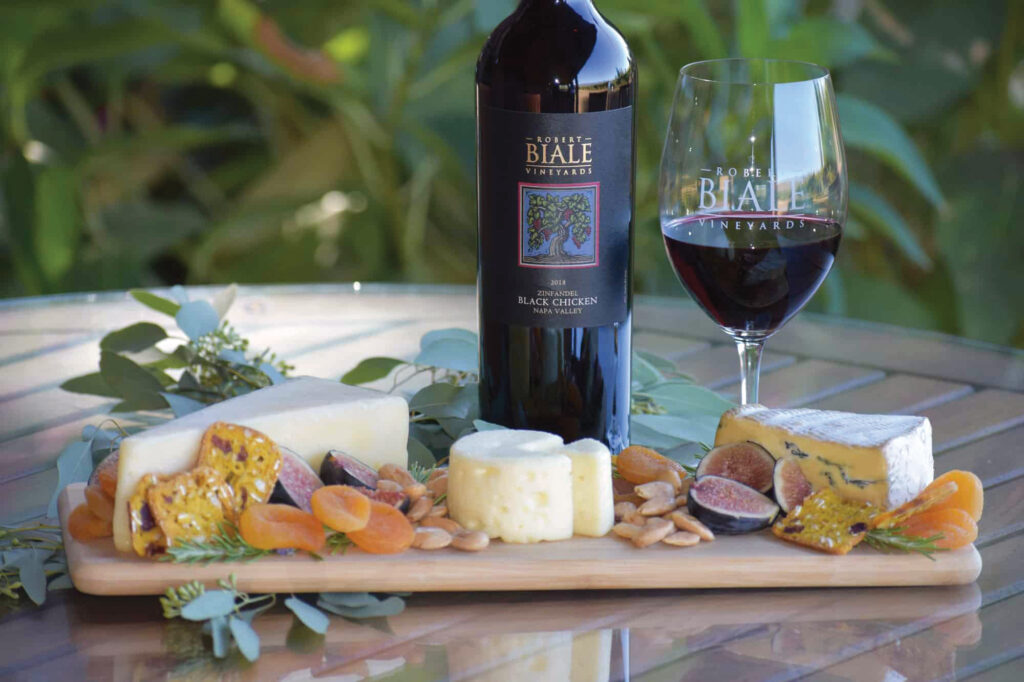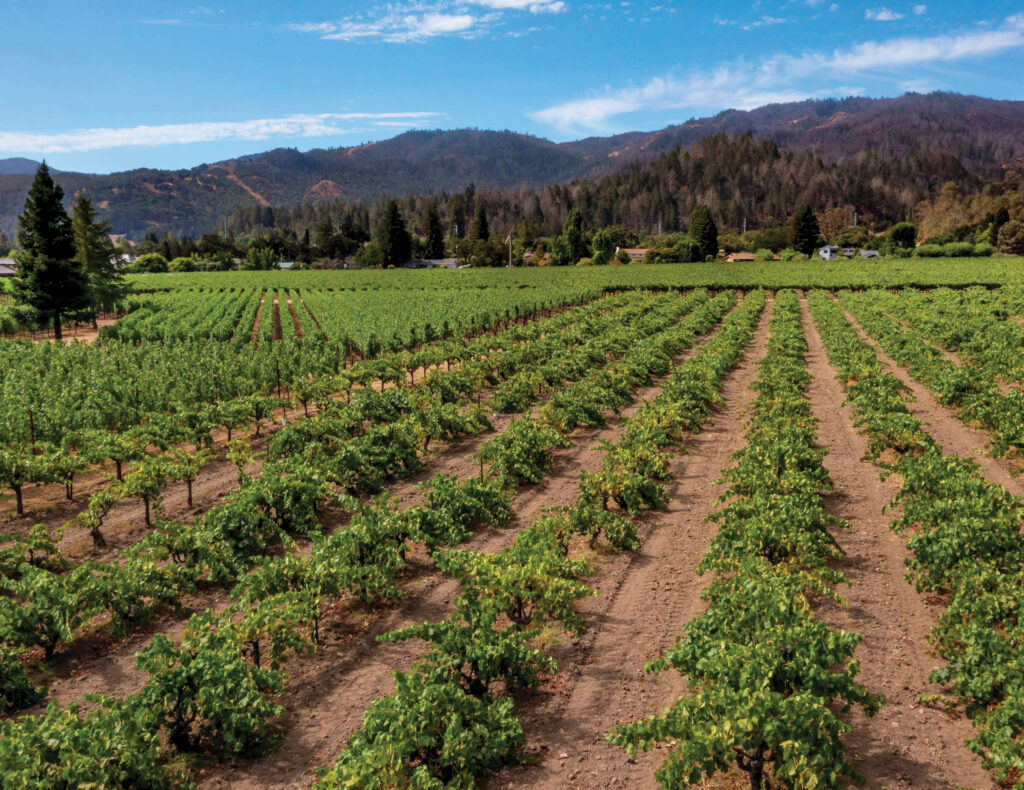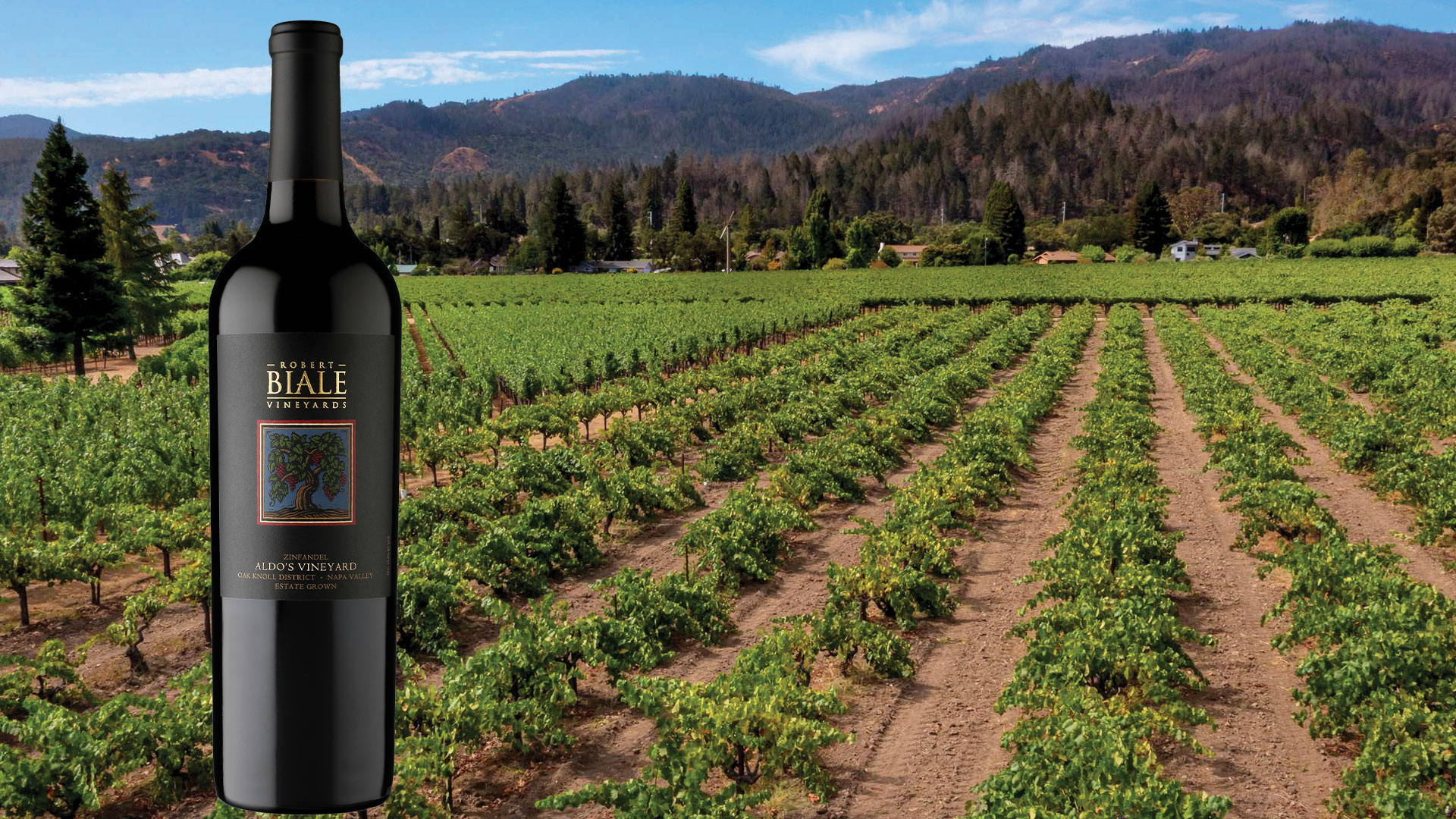Napa Valley famously came to global prominence when its pours delivered outstanding results at the Paris Wine Tasting of 1976. Previously considered a winemaking backwater, this beautiful slice of California is now regarded as one of the world’s winemaking hotspots.
Robert Biale’s family has been involved in the area since the 1900s and he is still intimately connected with the wines produced here. “Napa Valley is a big name yet a very small place: it is 30 miles by five miles and sits one hour north of the Golden Gate Bridge with 47,000 planted acres and only 4% of California grapes,” he says.
The region benefits from cool nights and ocean breezes along with morning fog that combine to produce moderate temperatures. “Napa contains half of the world’s soil groups which allow multiple varieties to thrive,” adds Biale.
Zinfandel standouts

Bordeaux and Burgundy grapes are now most common, with Cabernet Sauvignon the king of the valley. This was not always the case, however. Prior to 1970, it was the heritage varieties of Zinfandel and Petite Sirah that populated Napa, having been planted from the mid-19th century.
Though Biale savours many Cabernets, like those from Spottswoode and Mayacamas, and Chardonnays such as Stony Hill and HdV, he much prefers the local Zinfandels because of their versatility for food pairing, their bright, fresh yet rich qualities, and their mouthwatering flavours.
Describing the tastes and aromas of his own Zinfandels from Robert Biale Vineyards, he highlights the layered notes of blackberry preserves, raspberry, violet, cocoa, anise and cherry wood on the nose, with flavours of plum, black cherry, baking spices, dried herbs and pomegranate. “They offer rich fruit, delicate acidity and a structure defined by well-ripened, fine-grained tannins,” he says.
Sunny highs

Richard Bischoff, a Certified Sake Professional, is also enthusiastic about Napa Valley wines. “For fans of Bordeaux wines, Napa is a place where fruit can reach its full potential, largely due to the sunny weather,” he says. Certainly, its dry Mediterranean climate and large diurnal shift from daytime highs to night-time lows allow the grapes to ripen slowly and keep their acidity.
Bischoff highlights the geographical dispersion of wines produced in the region, with the hotter northern Napa ideal for Cabernet Sauvignon, Zinfandel, Merlot, Cabernet Franc and Sauvignon Blanc, and the cooler Los Carneros area better for Pinot Noir and Chardonnay.
“If you like Pinot Noir and Chardonnay, then the Carneros region in southern Napa is a wonderful place for Burgundian-style wines, due to its proximity to the ocean breezes from the northern end of San Francisco Bay,” he stresses. “Napa wines tend to express the best combination of weather and terroir.”
Full fruit
For Bischoff, it is the fuller flavours of Napa wines compared to other regions that is the main characteristic of their superior quality. “Cabernets, to me, tend to really show flavours of blackberries, cherries and other dark fruits,” he says.
“The Sauvignon Blancs show aromas and flavours of tropical fruits, such as mango and pineapple, and are delicious on a hot summer day, while the Chardonnay can be full and rich, with aromas and flavours of lemon, butterscotch, toast and vanilla, especially if aged in French oak.”
He likes the elegance of the Biale Zinfandel, especially its iconic Black Chicken label. Another preferred choice is Silver Oak Cabernet Sauvignon, which he praises as “just amazing”. He also believes Pinot Noir, Chardonnay and Cabernet Sauvignon from Clos du Val are fantastic expressions of the region.



